365 Perfect Decalibration (2019-ongoing)

Seven one of a kind archival prints that each come with an embedded Artivive AR video (please download the Artivive app to see AR content).
The prints are embedded in a custom build list of wood that has a test target extruding out of it.
1. Decalibrated Self portrait with USAF1951 Resolution test Tri-bars [46 x 58 cm including black square]
2. Decalibrated Self portrait with quarter Siemens Star and DIY Test Resolution Target for Pixel Resolution [39 x 45 cm with extruding DIY Test Resolution Target]
3. Decalibrated Self portrait with Facial Recognition crosshair [47 x 38 cm including extruding crosshair]
4. Decalibrated Self portrait with Ronchigrams for mirror curvature testing [45 x 58 cm including Ronchigrams]
5. Decalibrated Ariane Shutterstock model with Modulation Transfer Function Tests, Fitz Patrick Scale, Discrete Cosine Transform and Quadrant Pattern registration marks [41 x 37 cm including extruding Modulating Transfer Function Test]
Measurements approximate and do not include custom build list
For Rainbows END festival The 365 Perfect Decalibration series has grown to include les inconnues
A. La Inconnue de la Seine (aka: CPR ANNIE / ANNIE R U OK?) with noise stripe (42.16 x 55.21 cm)
B. Lena JPEG with DCT extrusion (46.06 x 46.06 cm)
C. Tay Tweets with Facial Recognition crosshair (55 x 55 cm)
Measurements approximate and do include custom build list
From the Shadow Knowledge catalogue:
“In 365 Perfect, Menkman turns to mobile imaging softwares. 365 Perfect is “the best FREE virtual makeup app, period. It’s like having a glam squad in your pocket” - or so states the software.
The options in the app include virtual photo make-up, which has filters such as ‘delete blemishes’, or ‘brighten and soften skin’. It can also deepen the smile, put lipstick or even lip tatoos, enlarge the eyes and make the face slimmer, lift the cheeks, enhance the nose, or resize the lips. And lets not forget to whiten the teeth, add eyelashes, eye liner and eyebrows and finally change the hairstyle.
“I used the app to make myself perfect. not once, not twice, but hundreds of times over, one year long perfection. If everyday I could get just one shade lighter, slimmer cheeks or bigger eyes... how beautiful would I become? By re-saving my newly beautified face every iteration, the artifacts of a re-compressed JPEG and the absurdity of our beautifying standards are amplified incrementally.”
In this humorous, yet discomforting work, Menkman layers the standard features of beautifying software on her own image, enlarging her eyes, deleting blemishes and enhancing features, until the original face is nearly unrecognizable. Over and over, Menkman alters her likeness, seemingly to make herself appear more conventionally beautiful and more “perfect”. Saving her image at every new iteration, she arrives at a re-compressed pixelated JPEG, and a grotesque, if not almost unhuman self-portrait. Presented at the Natalie and James Thompson Gallery in the form of prints, 365 Perfect is not only a powerful commentary on the relationship between mobile technology and the beauty industry, but a careful exploration of generation loss, and the visual artifacts that are created as a result.
A. La Inconnue de la Seine (aka: CPR ANNIE / ANNIE R U OK?) with noise stripe (42.16 x 55.21 cm)
B. Lena JPEG with DCT extrusion (46.06 x 46.06 cm)
C. Tay Tweets with Facial Recognition crosshair (55 x 55 cm)
Measurements approximate and do include custom build list
From the Shadow Knowledge catalogue:
“In 365 Perfect, Menkman turns to mobile imaging softwares. 365 Perfect is “the best FREE virtual makeup app, period. It’s like having a glam squad in your pocket” - or so states the software.
The options in the app include virtual photo make-up, which has filters such as ‘delete blemishes’, or ‘brighten and soften skin’. It can also deepen the smile, put lipstick or even lip tatoos, enlarge the eyes and make the face slimmer, lift the cheeks, enhance the nose, or resize the lips. And lets not forget to whiten the teeth, add eyelashes, eye liner and eyebrows and finally change the hairstyle.
“I used the app to make myself perfect. not once, not twice, but hundreds of times over, one year long perfection. If everyday I could get just one shade lighter, slimmer cheeks or bigger eyes... how beautiful would I become? By re-saving my newly beautified face every iteration, the artifacts of a re-compressed JPEG and the absurdity of our beautifying standards are amplified incrementally.”
In this humorous, yet discomforting work, Menkman layers the standard features of beautifying software on her own image, enlarging her eyes, deleting blemishes and enhancing features, until the original face is nearly unrecognizable. Over and over, Menkman alters her likeness, seemingly to make herself appear more conventionally beautiful and more “perfect”. Saving her image at every new iteration, she arrives at a re-compressed pixelated JPEG, and a grotesque, if not almost unhuman self-portrait. Presented at the Natalie and James Thompson Gallery in the form of prints, 365 Perfect is not only a powerful commentary on the relationship between mobile technology and the beauty industry, but a careful exploration of generation loss, and the visual artifacts that are created as a result.
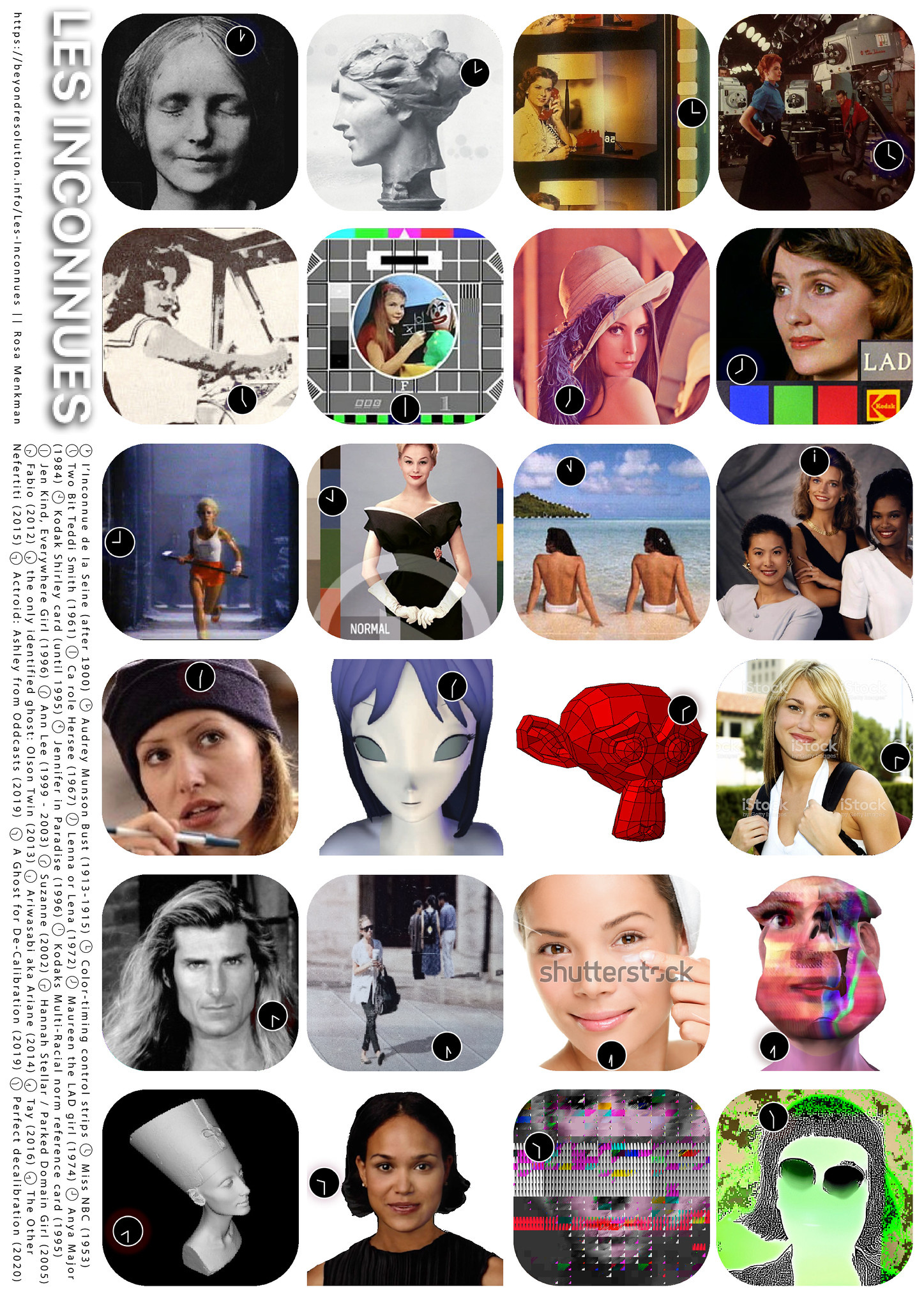 les inconnues is a poster featuring my collection of unknown women of image processing. This poster was a result of my Behind White Shadows research
les inconnues is a poster featuring my collection of unknown women of image processing. This poster was a result of my Behind White Shadows research
Unresolved (2020)
 6400 x 4 CM
6400 x 4 CM long painting on canvas,
or
data file to be wrapped
on hardware
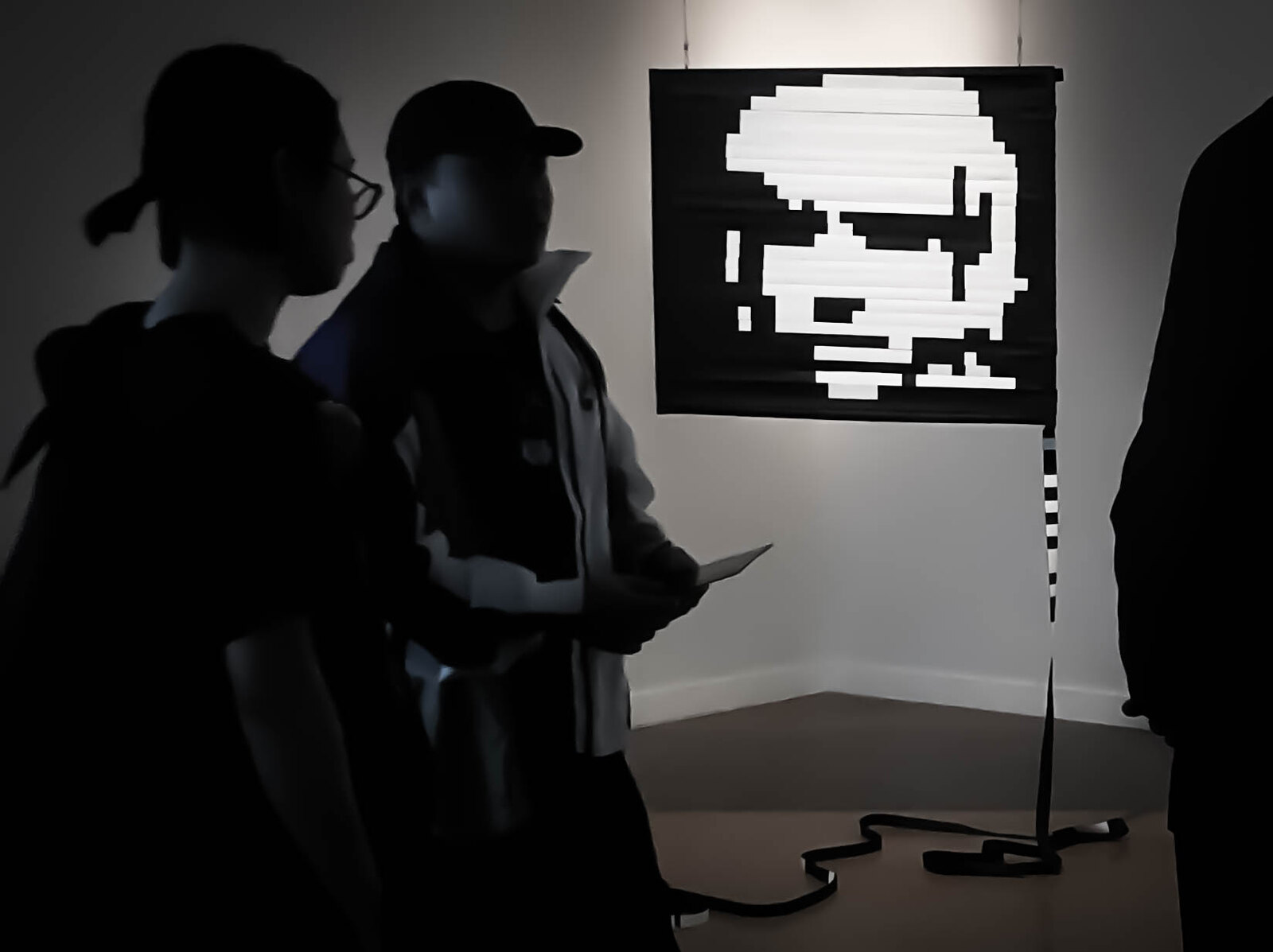
 6400 x 4 CM long painting on canvas, or data file, to be wrapped over hardware
6400 x 4 CM long painting on canvas, or data file, to be wrapped over hardwareInspired by the 2011 works “Beyond Yes and No” and “29 PARALLEL STRIPES”, by glitch artist Beflix, Unresolved explores an alternative method of painting data.
Using a bitmap image, Menkman followed the linear organization of pixelelated data: in a BMP file, the image data (luminocity and chrominance) is encoded pixel by pixel, in a linear fashion, one after the other.
In Unresolved, every pixel or point of data is painted on a 64 meter long canvas strip, and then mounted on a frame.
When hung correctly, unrolled over hardware with the right dimensions, Unresolved displays a double sided image - on one side Menkmans portrait, and on the other side a message in DCT (Menkman’s cryptographic tool from 2015): BEYONDRESOLUTION.
Through this work, Menkman presents the ways in which a bitmap file, when ‘opened’ on different hardware, can create alternate modes of reading and seeing: the hardware defines what is perceived.
some images of the making of: 32 stripes of canvas were encoded, sewn into a very long strip, and painted.
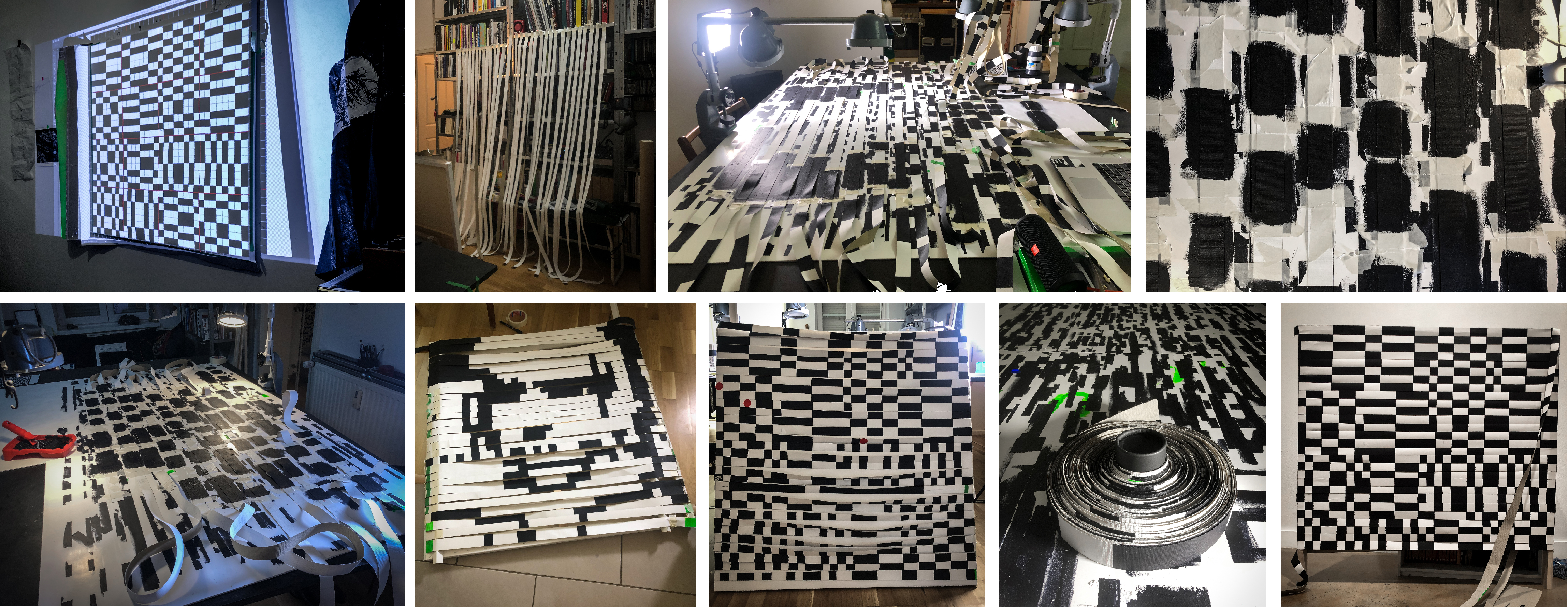
Downloadable as pdf here
Menkman, Rosa. Beyond Resolution (i.R.D.: 2020).
ISBN: 978-90-828273-0-9
Published on the occaision of my solo show at SJSU art galleries (3th of March - May 15th 2020): Shadow Knowledge
Menkman, Rosa. Beyond Resolution (i.R.D.: 2020).
ISBN: 978-90-828273-0-9
Published on the occaision of my solo show at SJSU art galleries (3th of March - May 15th 2020): Shadow Knowledge
Pique Nique Pour les Inconnues (2020)
Version 2 : “Rupert the bear and the Frogs Chorus / Paul Mccartney / we all stand together” version. inspiration: Rupert the bear and the Frogs
Pique Nique pour Les Inconnues is a desktop video (8 minutes) and a Telegram stickerset
based on the essay
︎︎ “Behind White Shadows”
The stickerset was made for Berlin Zentrum der Netzkunst
In Pique Nique pour les Inconnues, Menkman considers the ways in which the history of technology has been defined by standardization, in particular through the use of color test cards for image processing. The work presents les Inconnues - unknown women whose images are linked to the history of image processing. In this work, test cards, bots, virtual assistants, stock photos and others find a voice, but fail to recover their personhood. As Menkman states, “Engineers used these female objects to evaluate the quality of image processing, rendering and composition of architecture and to make these latent spaces more amicable. While these women seem to be able to prolong their existence for as long as the (digital) realms will copy and reuse them, most of them have lost their name and identity.” In this work, the viewer is haunted by the familiarity of these digital ghosts, while at the same time, privy to an uncanny experience when the historically mute images speak for the first time.
A fundamental part of the history of image-processing, webdesign, and the standardization of settings within both analogue and digital media are test cards, placeholder images, bots and virtual assitants. Engineers used these female objects to evaluate the quality of image processing, the rendering and composition of architecture and to make these latent spaces more amicable. While these women seem to be able to prolonge their existence for as long as the (digital) realms will copy and reuse them, most of them have lost their name and identity.
🕐🕑🕒🕓🕔🕕🕖🕗🕘🕙🕚🕛🕧🕜🕝🕞🕟🕠🕡🕢🕣🕤🕥🕦
The stickerset is made of the 24 clockface emojis, each connected to a sticker of an Inconnue (an unknown woman or shell without ghost) and their history.
Every half an hour is now set to a reminder of one of the shells.Telegram sticker set (Can only be used on smartphone when you have the Telegram app installed)
![]()
![]()
︎︎ “Behind White Shadows”
The stickerset was made for Berlin Zentrum der Netzkunst
In Pique Nique pour les Inconnues, Menkman considers the ways in which the history of technology has been defined by standardization, in particular through the use of color test cards for image processing. The work presents les Inconnues - unknown women whose images are linked to the history of image processing. In this work, test cards, bots, virtual assistants, stock photos and others find a voice, but fail to recover their personhood. As Menkman states, “Engineers used these female objects to evaluate the quality of image processing, rendering and composition of architecture and to make these latent spaces more amicable. While these women seem to be able to prolong their existence for as long as the (digital) realms will copy and reuse them, most of them have lost their name and identity.” In this work, the viewer is haunted by the familiarity of these digital ghosts, while at the same time, privy to an uncanny experience when the historically mute images speak for the first time.
A fundamental part of the history of image-processing, webdesign, and the standardization of settings within both analogue and digital media are test cards, placeholder images, bots and virtual assitants. Engineers used these female objects to evaluate the quality of image processing, the rendering and composition of architecture and to make these latent spaces more amicable. While these women seem to be able to prolonge their existence for as long as the (digital) realms will copy and reuse them, most of them have lost their name and identity.
🕐🕑🕒🕓🕔🕕🕖🕗🕘🕙🕚🕛🕧🕜🕝🕞🕟🕠🕡🕢🕣🕤🕥🕦
The stickerset is made of the 24 clockface emojis, each connected to a sticker of an Inconnue (an unknown woman or shell without ghost) and their history.
Every half an hour is now set to a reminder of one of the shells.Telegram sticker set (Can only be used on smartphone when you have the Telegram app installed)


 l’Inconnue de la Seine (after 1900)
l’Inconnue de la Seine (after 1900)The Unknown Woman of the Seine is a death mask of an unidentified young woman that became a popular fixture on the walls of artists’ homes after 1900. She featured in various artists works ranging from books to theatre and film. But while many artists felt inspired by her borrowed visage, little but her moniker is known about her and she remains forever an asset with missing values.
- A radiolab podcast
🕐💀
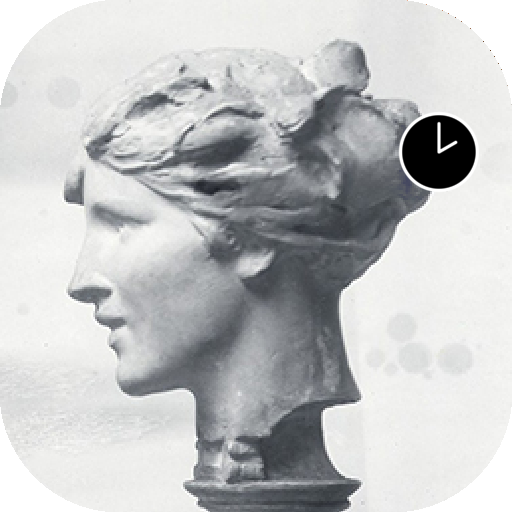 Audrey Munson Bust (1913-1915)
Audrey Munson Bust (1913-1915)The bust “The Spirit of Life”, by Daniel Chester French (1913-1915), inspired by ‘America’s First Supermodel’ Audrey Munson. Munson was the inspiration for more than 12 other statures in New York City, and many, many others elsewhere. Chances are that when you cross a statue, it might be modelled after her.
- Greyer, Andea. Queen of the Artists' Studios The Story of Audrey Munson. 2007
🕑🗽
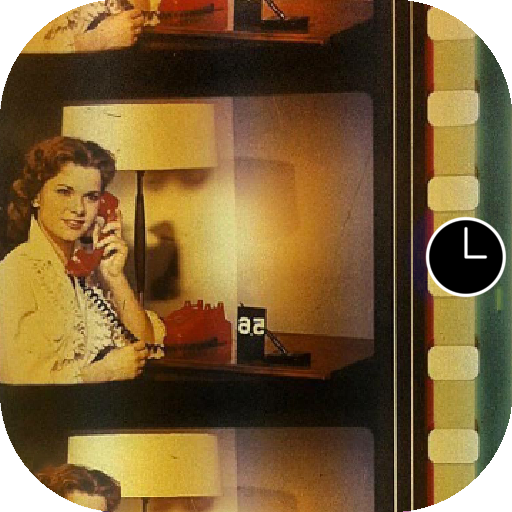 Color-timing control strips
Color-timing control stripsOfficially known as color-timing control strips, these anonymous female film studio workers were affectionately dubbed "china girls" by the industry, but are also known as leader ladies or lilys. The images in this show were meant only for use by the processing lab to match color tones in the associated film. They were often film lab workers themselves.
- Leaderlady project at SAIC
- Julie Buck and Karin Segal: Girls of Film
- Lili on the web
- Leaderladies and friends
- Sprocket girls
🕒🎞📽
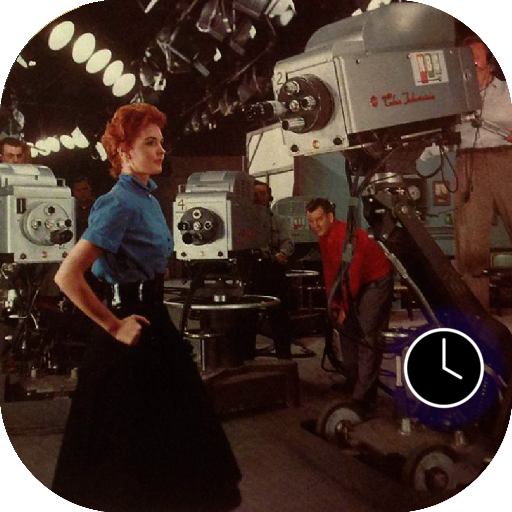 Miss NBC (1953)
Miss NBC (1953)The onset of color television brought no big surprise; in this medium too, producers hired Caucasian ladies as their test models, reinforcing longstanding biases in gender and race—the only difference being that in television, the objectified test model was known by her real name. The red-haired model Marie McNamara, for instance, became known in the 1950s when she modeled to calibrate the NBC television cameras, while CBS used a girl named Patty Painter.
“You know what a black-and-white test pattern is,” she told The New York Times in 1953.“Well, I’m it for color.
I’m the final check.”- Marie McNamara
- Living Test Patterns: The Models Who Calibrated Color TV
🕓📺
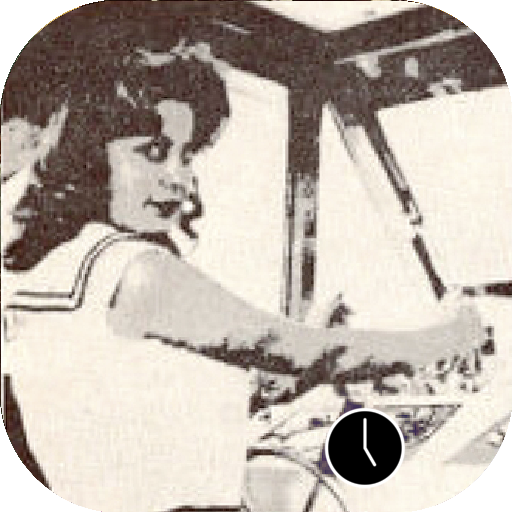 Two Bit Teddi Smith (1961)
Two Bit Teddi Smith (1961) Lawrence G. Roberts used two different, cropped 6-bit grayscale scanned images from Playboy's July 1960 issue, featuring Playmate Teddi Smith, in his MIT master's thesis on image dithering.
-Original thesis
🕔💾◼️◽️
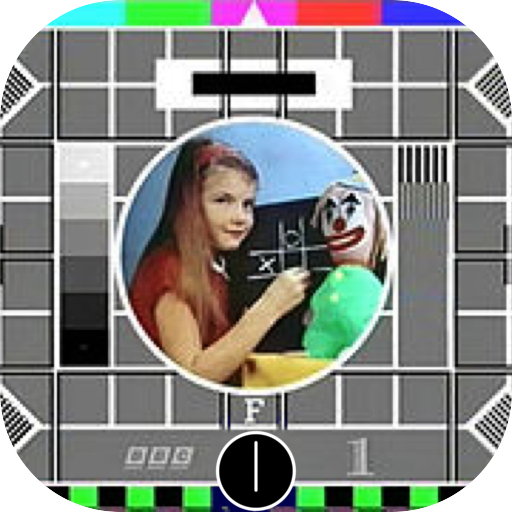 Carole Hersee (1967)
Carole Hersee (1967) Hersee is known as the face of the famous Test Card F (and latter J, W, and X), which aired on BBC Television from 1967 to 1998.
🕕📡
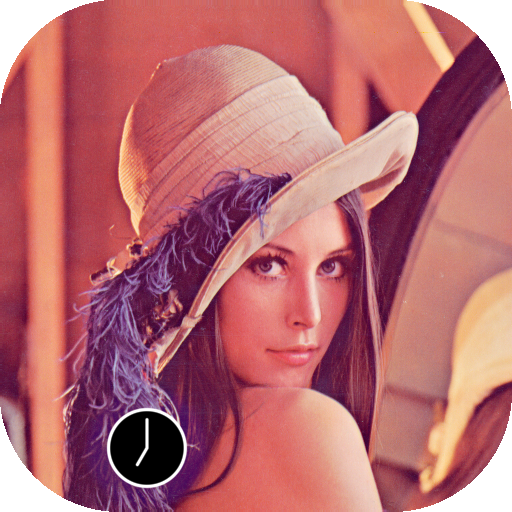 Lenna or Lena (1972)
Lenna or Lena (1972)is the name given to a standard test image widely used in the field of image processing since 1973. It is a picture of the Swedish model Lena Söderberg, shot by photographer Dwight Hooker, cropped from the centerfold of the November 1972 issue of Playboy magazine.
The spelling "Lenna" came from the model's desire to encourage the proper pronunciation of her name. "I didn't want to be called Leena".
- More in Behind White Shadows
- Finding Lena, the Patron Saint of JPEGs
🕖💽🍑
 Maureen the LAD girl (1974)
Maureen the LAD girl (1974)The color-timing practice was not completely reliable; it involved a different China Girl and slightly different lighting each time. One of the reasons why around the 1980s, the technology was gradually superseded by the Laboratory Aim Density (LAD) system, developed by John Pytlak. Along with color-timing, the anonymous China Girls, whose occupancy ranged from studio workers to models, became artifacts of an obsolete film history and only one “LAD Girl” became the model for the color reference card: Maureen Darby.
Pytlak describes that “It was primarily intended as ‘representative’ footage, and not a standard.” By filming two 400-foot rolls of 5247 film, “all film supplied since the introduction of LAD is made from the same original negative, either as a duplicate negative, and now as a digital intermediate.”
- John P. Pytlak Technical Achievement LAD
🕗📊
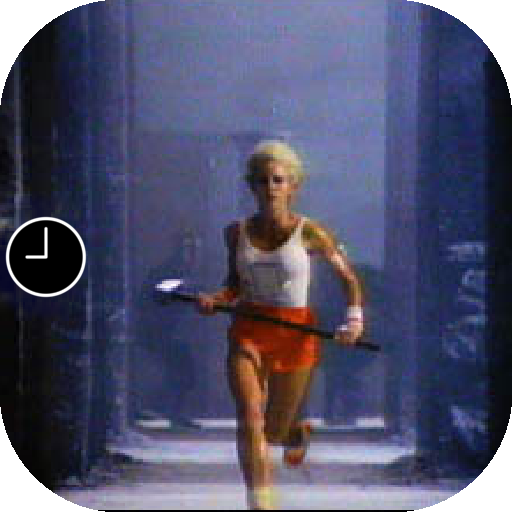
Anya Major (1984)
is an American television commercial that introduced the Apple Macintosh personal computer. It was conceived by Steve Hayden, Brent Thomas and Lee Clow at ChiatDay, produced by New York production company Fairbanks Films, and directed by Ridley Scott. English athlete Anya Major performed as the unnamed heroine and David Graham as Big Brother.
- Apple 1984 commercial
🕘🛠
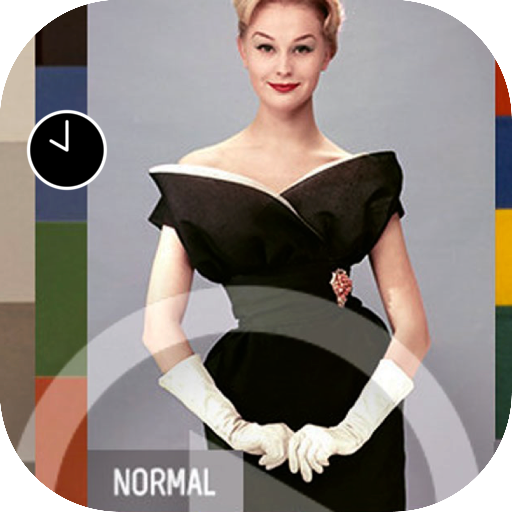 Kodak Shirley card (until 1995)
Kodak Shirley card (until 1995) The identities of the many Shirleys who modeled for these normal standard cards stayed unknown. As such, the cards cultivated a gendered, race-biased standard reference, which even today continues to influence our image-processing technologies.
In his 1997 book White, British film studies professor Richard Dyer observes the following: "In the history of photography and film, getting the right image meant getting the one which conformed to prevalent ideas of humanity. This included ideas of whiteness, of what color — what range of hue — white people wanted white people to be.”
- Looking at Shirley, the Ultimate Norm: Colour Balance, Image Technologies, and Cognitive Equity
🕙☣️
 Jennifer in Paradise (1996)
Jennifer in Paradise (1996)In 2013, Constant Dullaart wrote an open letter to Jennifer Knoll, who was the model for the Photoshop test image and as a result, the model for the first digitally altered image. In his letter, he requested to enter the original image into the public domain or to gift it to an (media) archeological institution such as the Smithsonian. He never received a direct response, but he did digitally reconstruct the original image and created an image series consisting of Photshopped versions, materialized as wallpapers and a series of prints featuring enthusiastically filtered Jennifers (twirled, blurred, etc.).
Remarkably, in a response for the Guardian, the original image was published. - Constant Dullaart: Jennifer in Paradise – the correspondence
🕚‼️♊️
 Kodaks Multi-Racial norm reference card (1995)
Kodaks Multi-Racial norm reference card (1995)
The de-facto, racist standard that had been in play since the early part of the twentieth century in most analogue photo labs has been positively biased towards white skin tones, which naturally have a high level of reflectivity.
As a result it was difficult to capture darker and black skin tones and proved impossible to capture two highly contrasting skin tones within the same shot; when trying to capture a black person sitting next to a white person, the reproduction of any African-American facial images would often lose details and pose lighting challenges, and finally present ashen-looking facial skin colors that contrast strikingly with the whites of eyes and teeth.
From the single “Caucasian” woman surrounded by the necessary color balancing information codes, Kodak’s Shirley evolved into an image of three women with different skin colors.
- Lorna Roth Color film was built for white people. Here's what it did to dark skin. (2015)
🕛✅📸
 Jen Kind, the Everywhere Girl (1996)
Jen Kind, the Everywhere Girl (1996) Before microstock was even a thing, model Jen Kind (then Jen Anderson) posed for a stock photo shoot in Portland, Oregon as a pensive, inquiring college student, pen in hand, ready to learn.
Her image wound up being published thousands of times on book covers, in self-help guides, and major advertising campaigns. Anderson’s likeness embodied a certain widely malleable narrative that photo editors, art directors, and marketers could use to illustrate a range of projects, and led her to be branded “Everywhere Girl.”
🕧✏️🖋📈
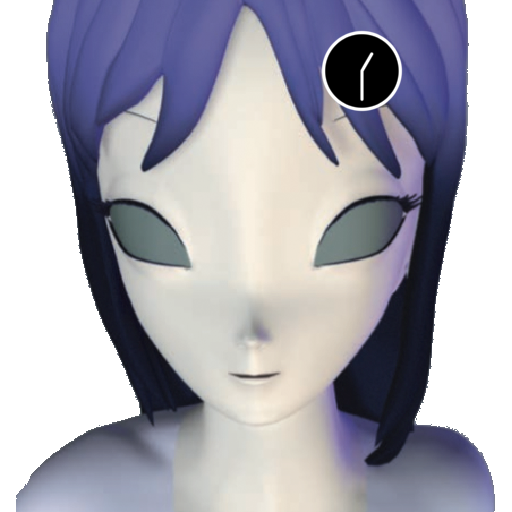 Ann Lee (1999 - 2003)
Ann Lee (1999 - 2003) Together with Pierre Huyghe, Parreno acquired Ann Lee’s copyright by paying 46000 Yen to a design character company called ‘K’ Works. “Ann Lee’s was cheap. Designed to join any kind of story, but with no chance to survive”. After being sold, Parreno and Huyghe gave Ann Lee a second life by passing her onto other artists who created their own story lines for the character – free of charge.
The project was called ‘No Ghost Just a Shell’ and ran from 1999 until 2003. Then, Parreno and Huyghe decided that the copyright of this fictional character be assigned to her so she no longer could be exploited. A lawyer in New York drew up an official contract.
“She’s a polyphonic character . . . What’s interesting about this manga gure is that it’s a way to tell a story. A sexual story? You can use her. A dark story? You can use her. A nice story? You can use this character. She’s almost like a tool.”
As this quote suggests, Huyghe seems unsure as to the gender of Annlee, who is alternately a “she,” an “it,” and (almost) a “tool.” Is Ann Lee an object, or is she just objectified?
- Pierre Huyghe, Two Minutes Out of Time, 2000.
- Escaping Ghost
- Girlhood and the plastic Image by Heather Warren Crow
🕜👽
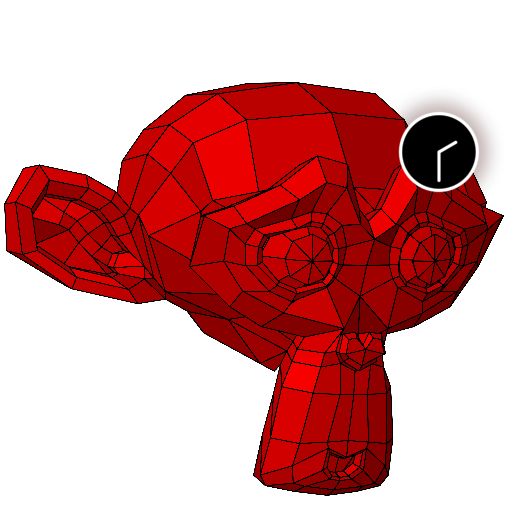 Suzanne (2002)
Suzanne (2002)In 2002 Not a Number Technologies (NaN), the company that was behind Blender, went bankrupt. Nevertheless, they put out one more release, 2.25. As a sort-of easter egg, and last personal tag, the artists and developers decided to add a 3D model of a chimpanzee head, although it is called a "monkey" in the software, who they named Suzanne.
Suzanne is still included in Blender, which was later saved. The largest Blender contest gives out an award called the Suzanne Award.
🕝🐒
 Hannah Stellar / Parked Domain Girl (2005)
Hannah Stellar / Parked Domain Girl (2005)Dunstin Steller took this photo of his sister, Hannah Stiller, and tossed it onto his iStockPhoto portfolio. For a few cents, Demand Media scooped up the photo and was then licensed to use it throughout their web properties. Every time a website goes dark, Demand Media scoops up the domain registration and parks it, with ads and links around this photo. The file is usually saved with the name "0012_female_student.jpg".
"Parked domain girl” or “the Expired Domain Girl“ has since spurred a little online fandom.
“Is it even her own at this point? Is it recognisable by a significant number of folk? Is this image ubiquitous (enough)? I’d argue the face/image is ours more than hers at this point.”
- Emilie Gervais: Parked Domain Girl Tombstone
- Parker Ito: Parked Domain Girl
🕞🌐💤
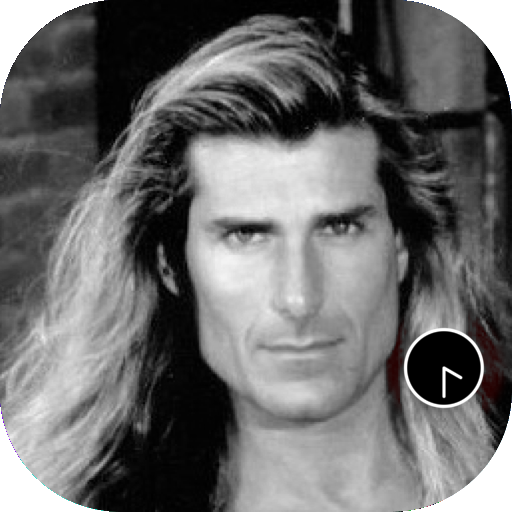 Fabio (2012)
Fabio (2012)In 2012 Deanna Needell and Rachel Ward got permission from the agent of Fabio Lanzoni to use the popular male model’s likeness rather than use Lena.
- Deanna Needell and Rachel Ward: Lena vs Fabio - Stable image reconstruction using total variation minimization
🕟🧺
🧷
 Render Ghost
Render Ghost (the only identified ghost: Olson Twin) (2013)
A collection of portraits that fill the 3D renders of future architecture, captured from billboards on the streets of London. James Bridle states: “The Render Ghosts are the people who live inside our imaginations, in the liminal space between the present and the future, the real and the virtual, the physical and the digital. A world of architecture, urbanism and the city before it is completed - which is also never. They inhabit a space which exists only in the virtual spaces of 3D computer rendering software, projected onto billboards, left to rot and torn down when the actual future arrives; never quite as glossy or as perfect as our renderings of it would like it to be, or have prepared us for.”
The question is have you seen these people? Did they give permission for their images to inhabit these architectures?
- The Render Ghosts James Bridle
- Render Search
🕠🏗👻
 Ariwasabi aka Ariane (2014)
Ariwasabi aka Ariane (2014)You MUST have seen her in the last years! “Ariane is so ubiquitous, she has probably entered your subconscious at some point”
- Shutterstock
- The photomodel that wanted to be anonymous
🕡🏧👤
 Tay (2016)
Tay (2016)(Zach Blas version)
Tay was a chat bot based on artificial intelligence,originally released by Microsoft via Twitter on March 23, 2016. But Tay caused subsequent controversy when she began to post inflammatory and offensive tweets through its Twitter account, causing Microsoft to shut down the service only 16 hours after its launch.
- I am here to learn so by Zach Blas
🕢🔇⛔️
 The Other Nefertiti (2015)
The Other Nefertiti (2015)An artistic intervention by Jan Nikolai Nelles and Nora Al- Badri.
By orchestrating a leak of the 3d file information of the Nefertiti bust, they wished to “activate the artefact, to inspire a critical re-assessment of today’s conditions and to overcome the colonial notion of possession in Germany's museums.”
With regard to the notion of belonging and possession of material objects of other cultures, the artists intention is to make cultural objects publicly accessible and to promote a contemporary and critical approach on how the “Global North“ deals with heritage and the representation of “the Other”.
We should tell stories of entanglement and Nefertiti is a great case to start with to tell stories from very different angles and to see how they intertwine.
- The other Nefertiti by Nora Al-Badri & Jan Nikolai Nelles
 Actroid: Ashley from Oddcasts (2019)
Actroid: Ashley from Oddcasts (2019) Ashley is “a virtual nurse for human patients. Her appearance and voice were developed by ODDCAST, a provider of text-to-speech software.
[...] The possibility of discrimination on the basis of simulated femininity has long been part of the code of female impersonators. Alexa has a plethora of responses should she face harassment.” In her installation OFFREAL, Malin Kuht gives the virtual assistants their say.
- Malin Kuth: OFFREAL (2019)
🕤🎚🎙
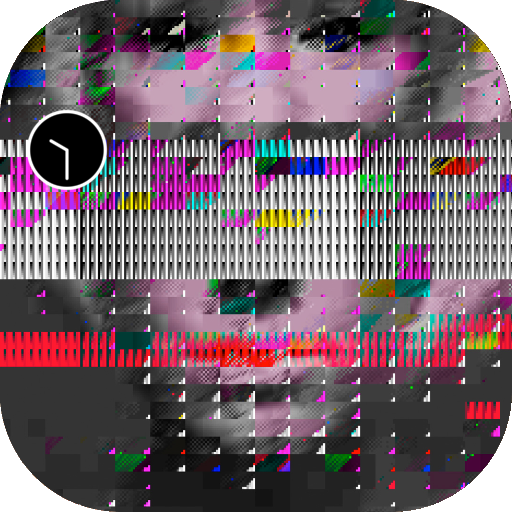 A Ghost for De-Calibration (2019)
A Ghost for De-Calibration (2019) Soon after the release of a Vernacular of File Formats (2010), a sequence of nonconsensual, non-attributed instances of exploitation appeared: my face became an embellishment for cheap internet trinkets such as mugs and sweaters and application buttons proprietary glitch softwares. The image, exploited by artists and creators alike, started to lose its connection to the source—to me—and instead became the portrait of no one in particular, a specter, similar to a Shirley test image, though in this case, a Shirley for de-calibration. Last May (2019) I was asked to lend the image to Vogue (the US fashion magazine). I took this as an opportunity to reclaim the image in the only way I could imagine possible - by renaming the portrait formally known as “Blinx (from a Vernacular or File Formats)” to “A Ghost for De-calibration”. With this small, probably to most invisible action, I wish to take a stand against the discourse of color test cards and promote the consideration and creation of alternative cards and resolutions.
- De-Calibration Card
🕥🌀📏🏴☠️
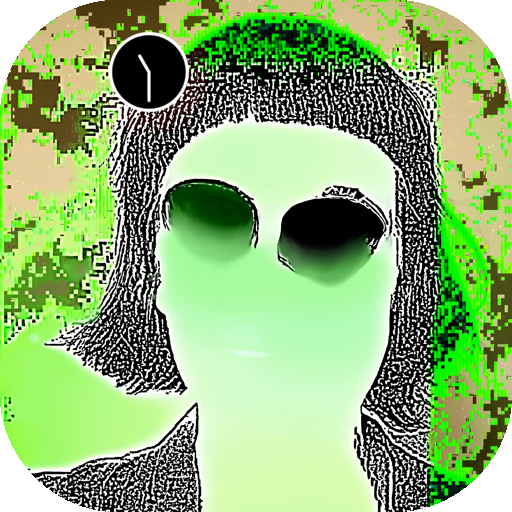 365 Perfect decalibration (2019-2020)
365 Perfect decalibration (2019-2020) 365 perfect is “the best FREE virtual makeup app, period. It’s like having a glam squad in your pocket!”
The options in the app include virtual photo make-up, which has filters such as ‘delete blemishes’, or ‘brighten and soften skin’. It can also deepen the smile, put lipstick or even lip tatoos, enlarge the eyes and make the face slimmer, lift the cheeks, enhance the nose, or resize the lips. And lets not forget to whiten the teeth, add eyelashes, eye liner and eyebrows and finally change the hairstyle.
This sticker is created by using the app to make myself perfect. not once, not twice, but hundreds of times over, more perfection one year along.
If everyday I could get just one shade lighter, slimmer cheeks or bigger eyes... how perfect would I become?
By re-saving my newly beautified face every iteration, the artifacts of a re-compressed JPEG and the absurdity of our beautifying standards are amplified.
- 365 Perfect
🕦✅💚🦠

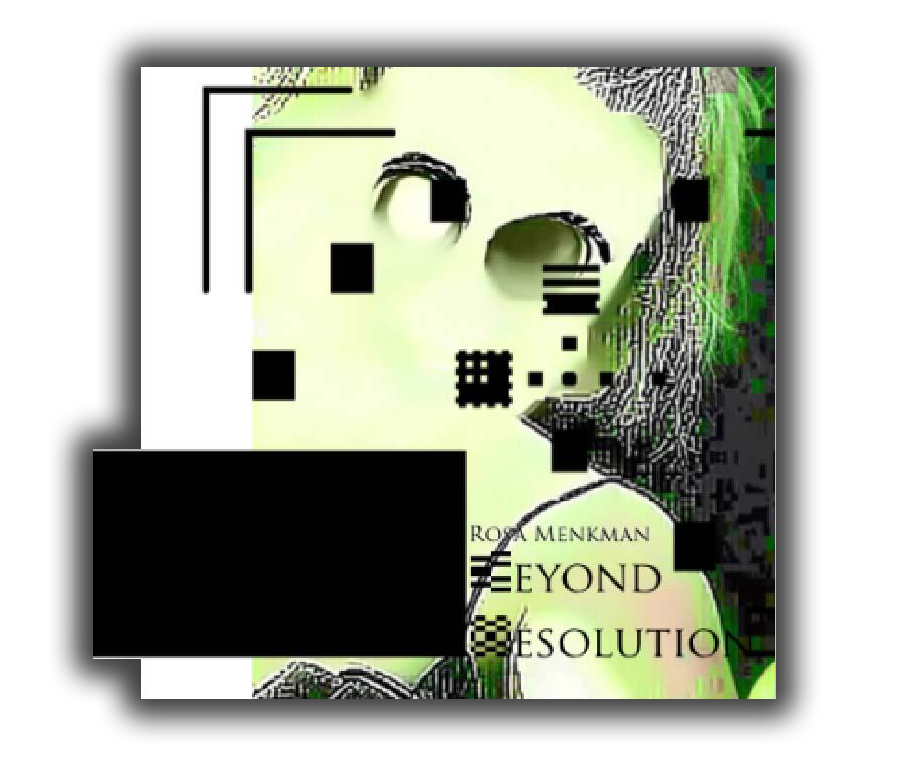
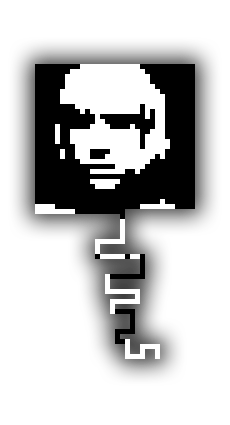
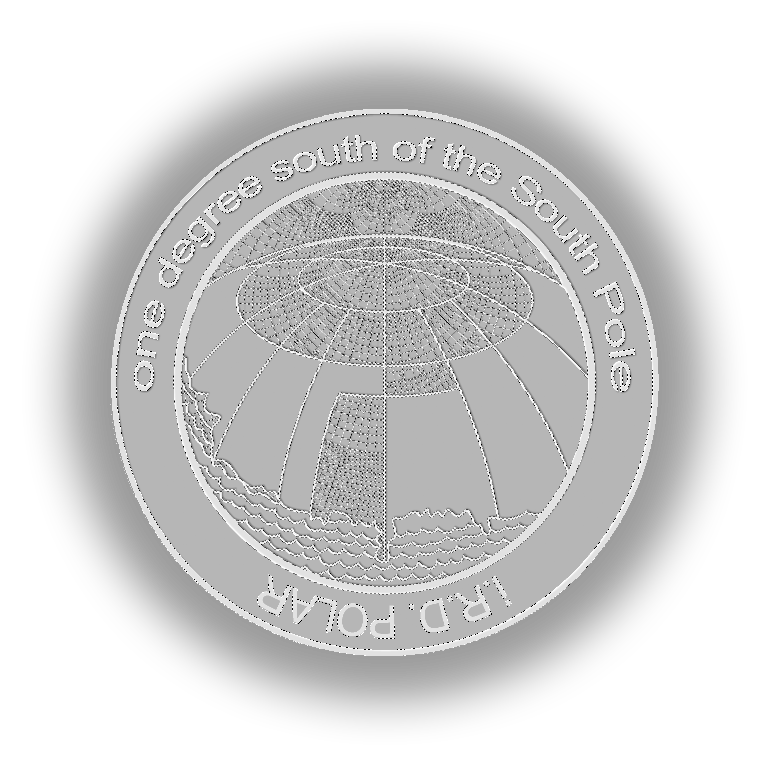

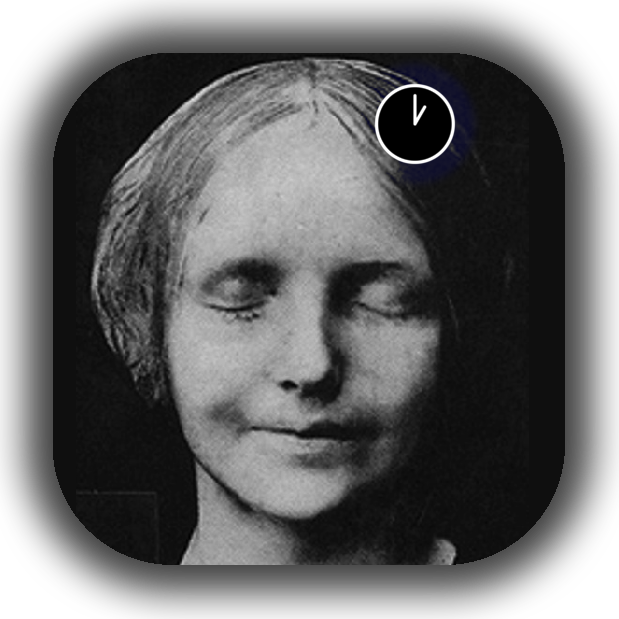

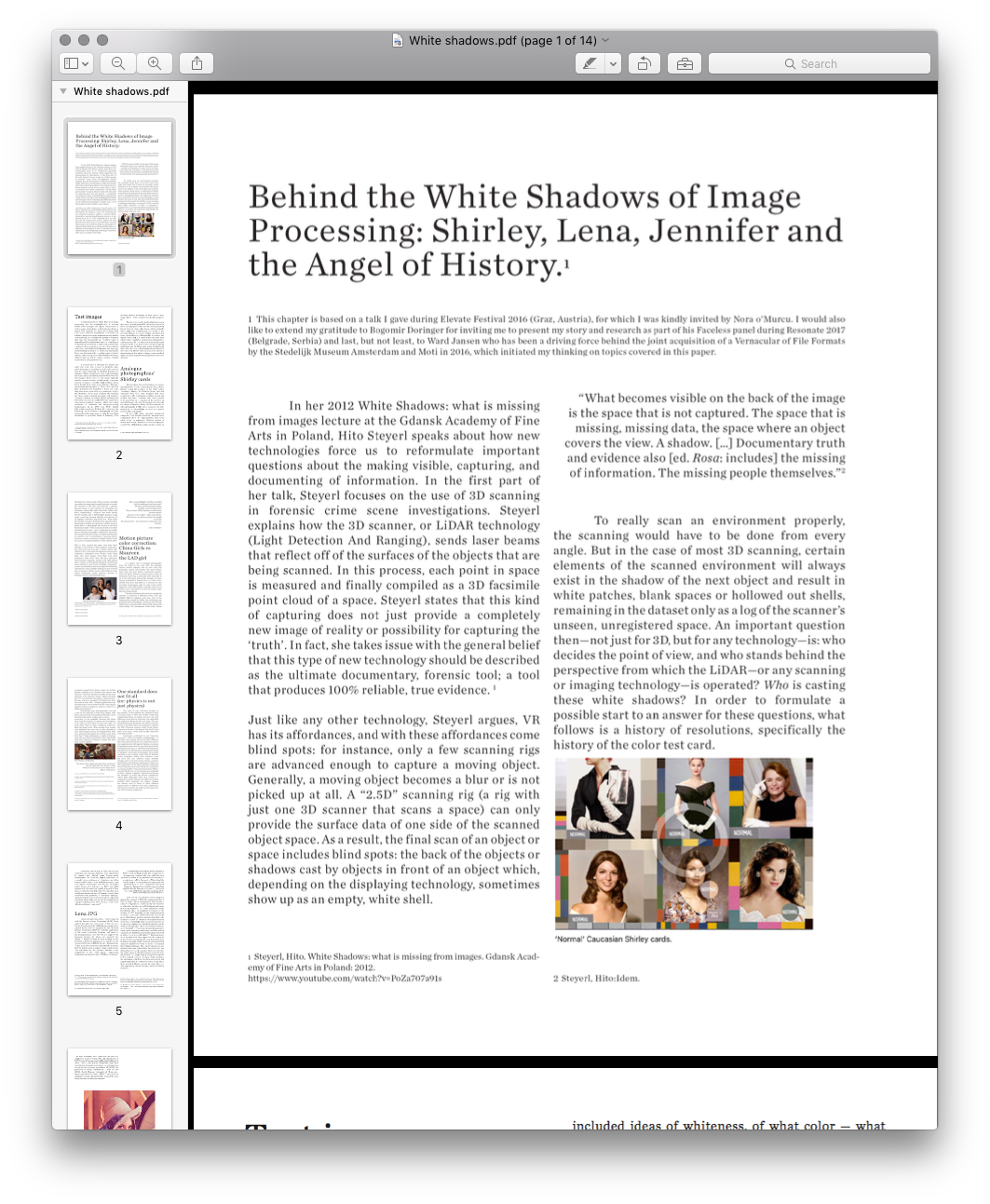 ︎︎ “Behind White Shadows”
︎︎ “Behind White Shadows”
